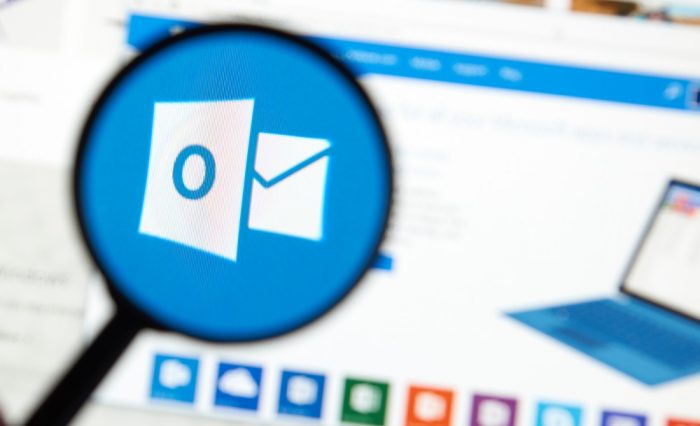Legacy applications don’t support modern authentication — and cybercriminals know this.
An uptick in business email compromise attacks is being attributed to successful compromises of multi-factor authentication (MFA) and conditional access controls, according to researchers. While brute-forcing and password spraying techniques are the most common way to mount account takeovers, more methodical cybercriminals are able to gain access to accounts even with more secure MFA protocols in place.
According to Abnormal Security, cybercriminals are zeroing in on email clients that don’t support modern authentication, such as mobile email clients (for example, iOS Mail for iOS 10 and older); and legacy email protocols, including IMAP, SMTP, MAPI and POP. Thus, even if MFA is enabled on the corporate email account, an employee checking email via mobile won’t be subject to that protection.
“While MFA and modern authentication protocols are an important advancement in account security and should be used whenever possible…this means that it is not possible to enforce MFA when a user signs into their account using one of these applications,” said Erin Ludert, writing in a blog post on Friday.
Thus, she noted that a common pattern in account-takeover attacks is that after being blocked by MFA, an adversary will immediately switch to using a legacy application.
“In fact, most credential stuffing campaigns utilize legacy applications such as IMAP4 to ensure they do not encounter difficulties from MFA at any point,” Ludert said, adding, “Many enterprises are under the mistaken impression that they are fully protected by MFA and do not need to worry about account takeovers. This is a dangerous assumption.”
Click to register!
Meanwhile, many Office 365 licenses provide the ability to configure conditional-access policies, which block access by users to certain applications. This can be used to block legacy applications that may be targeted for password-spraying campaigns, for instance. However, according to Abnormal Security, attackers are also focused on ferreting out targets that don’t have this implemented, or, bypassing it.
“First and foremost, conditional access is not included with all licenses, meaning that many enterprises simply have no way to protect themselves from this type of attack,” Ludert said. “Additionally, legacy applications are still in widespread use in most enterprises. Completely blocking all users from legitimate access using these applications will be quite disruptive to the workforce. Also, legacy access is enabled by default on Office 365. In order to effectively block legacy access, it must be disabled on a per-tenant basis – for all users and platforms.”
Additionally, attempting to apply legacy blocking based on the platform (Windows, mobile, etc.) relies on the user agent to do so. The user agent is basically the software agent that is acting on behalf of a user, such as a web browser or email reader – and as such, it’s very easy to falsify, the researcher noted. Thus, even with conditional access in place, cybercriminals are mounting attacks by obscuring the app that they are using.
“In one case, the attacker initially attempted to sign in using a legacy application but was blocked by conditional access,” Ludert said. “The attacker then waited several days before trying again, this time with the app information obscured, and successfully gained access to the account.”
As MFA becomes more widespread, cybercrooks are looking to stay a step ahead. In May, researchers observed a phishing campaign that bypassed MFA on Office 365 to access victims’ data stored on the cloud and use it to extort a Bitcoin ransom; attackers used a malicious SharePoint link to trick users into granting permissions to a rogue application..
The tactic leveraged the OAuth2 framework and OpenID Connect (OIDC) protocol, which are the technical bits behind functions like “Log in with Facebook” – being signed into a trusted application is used to verify a user on a second application, essentially. When OIDC and OAuth are used to authenticate a user, no credentials are exposed to the application, so MFA isn’t triggered.
Source: Paper.li





Comentarios